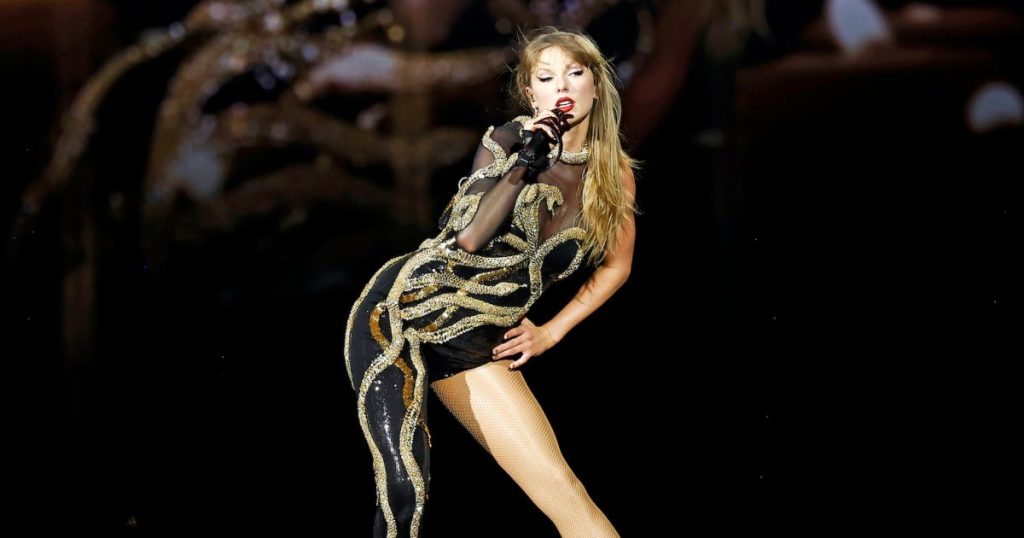Blake Lively’s lawsuit against Justin Baldoni alleges a calculated campaign of online manipulation and retaliation orchestrated by Baldoni and his crisis management team. The legal complaint reveals a strategy that invoked the name of Taylor Swift, a close friend of Lively’s, in a purported effort to discredit Lively and downplay the seriousness of her sexual harassment accusations. Baldoni’s team seemingly acknowledged the potential influence of Swift’s fanbase, expressing concern about the impact they could have on the narrative surrounding the allegations. Furthermore, the documents reveal a proposed plan to “plant stories” associating Lively with the controversial tactic of “weaponizing feminism,” potentially drawing parallels to perceived accusations against Swift in the past. This strategy aimed to undermine Lively’s credibility and portray her as employing similar manipulative tactics.
The alleged manipulation extended beyond invoking Swift’s name, with evidence suggesting Baldoni’s team also planned to leverage social media trends and narratives to discredit Lively. The lawsuit highlighted a specific instance where a social media post analyzing Hailey Bieber’s alleged history of bullying was cited as a template for the type of content Baldoni’s team sought to generate against Lively. This suggests a deliberate attempt to paint Lively in a negative light by associating her with online controversies and negative public perception. The strategy appears to be an attempt to manipulate public opinion and preemptively deflect attention from the serious accusations of sexual harassment leveled against Baldoni.
Lively’s lawsuit paints a picture of a concerted effort to silence her and undermine her accusations through a multi-pronged campaign involving online manipulation, astroturfing, and public relations tactics. The complaint alleges that “millions of people,” including journalists and influencers, were unknowingly exposed to this fabricated narrative, shaping their perception of the situation and potentially influencing their support for either Lively or Baldoni. This alleged manipulation of public discourse highlights the potential dangers of online smear campaigns and the ease with which false narratives can be disseminated and amplified.
The origins of the lawsuit stem from Lively’s accusations of sexual harassment against Baldoni during the production of the film “It Ends With Us.” The complaint outlines a list of inappropriate behaviors allegedly exhibited by Baldoni, creating a “hostile work environment” for Lively. Her demands, as detailed in the lawsuit, included ceasing the display of nude videos or images of women, refraining from discussing sexual conquests, and avoiding inquiries about her weight or deceased father. These demands paint a picture of an uncomfortable and unprofessional work environment, allegedly perpetuated by Baldoni’s behavior. The lawsuit contends that Baldoni’s refusal to address these concerns and his subsequent alleged retaliatory actions form the basis of her legal action.
Baldoni’s lawyer, Bryan Freedman, has vehemently denied Lively’s accusations, characterizing them as “completely false, outrageous and intentionally salacious.” He counters that Lively’s lawsuit is a calculated move to repair her allegedly damaged reputation and to rehash a narrative surrounding the film’s production. Freedman claims Lively made “multiple demands and threats” during filming, including threatening not to appear on set or promote the film unless her demands were met. This conflicting narrative presents two drastically different perspectives on the events leading to the lawsuit, creating a complex legal battle with contrasting accounts of the alleged misconduct and the subsequent fallout.
Lively, in a statement to The New York Times, expressed her hope that the legal action will expose the retaliatory tactics employed against those who speak out against misconduct. She seeks to protect others from similar targeting and manipulation. Her denial of spreading negative information about Baldoni further underscores the conflicting narratives at the heart of this legal dispute. The ongoing legal battle promises to be a closely watched affair, with significant implications for both parties involved and the broader conversation surrounding accountability for workplace misconduct and the potential for online manipulation in such disputes.

